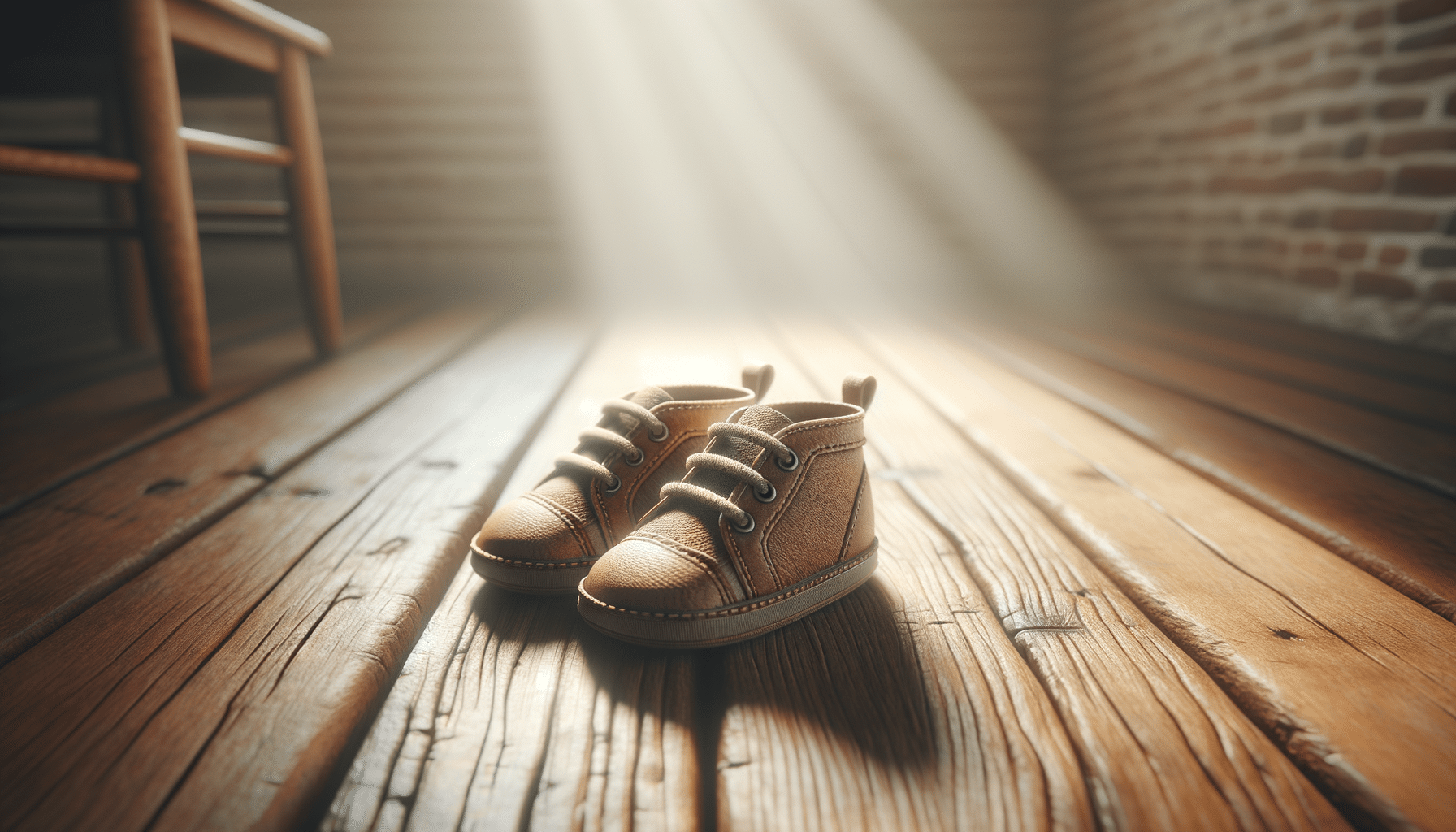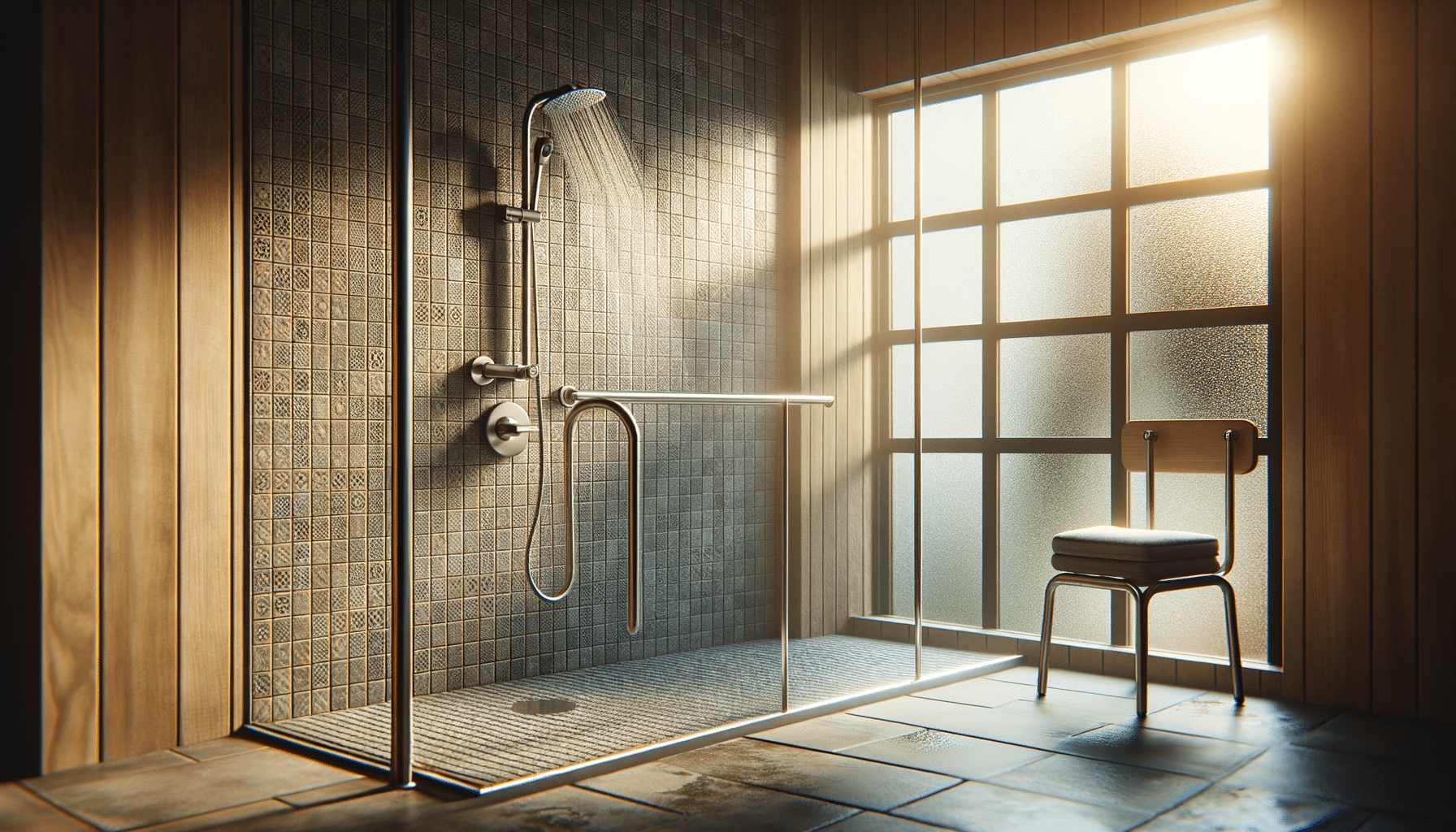
From Soft Soles to Sneakers: Choosing the Right Shoes for Toddlers
Introduction: The Importance of Toddler Footwear
When it comes to toddlers, every step is a monumental achievement. As they transition from crawling to walking, the type of footwear they wear plays a crucial role in their development. Shoes are not just accessories; they are tools that aid in balance, posture, and overall coordination. This article delves into the nuances of toddler shoes, focusing on the importance of soft soles, proper fit, and the materials used. Understanding these elements can help parents make informed decisions, ensuring their little ones take confident and comfortable steps.
Soft, Flexible Soles Support Early Walking Stages
Soft, flexible soles are essential for toddlers taking their first steps. During the early walking stages, children benefit from shoes that mimic the natural movement and flexibility of bare feet. Soft soles allow for better grip and balance, which are crucial as toddlers learn to navigate their environment. The flexibility of the sole helps in muscle development and coordination, allowing toddlers to feel the ground beneath them, which in turn helps improve their balance.
Several studies have shown that soft-soled shoes can enhance proprioception—the body’s ability to sense movement and position. This is vital for toddlers as they learn to walk and run. The lightweight nature of these shoes also means less resistance, allowing for more natural foot movement. Parents often notice that children wearing soft-soled shoes tend to stumble less, as the shoes adapt to various surfaces and provide the necessary support.
When selecting shoes for early walkers, consider looking for those made from breathable materials that offer comfort and flexibility. Some options include natural leather or fabric, which provide a snug fit while allowing the feet to move freely. This kind of design ensures that toddlers can explore their world without constraints, making each step a learning experience.
Proper Shoe Fit Protects Growing Feet and Posture
Ensuring the right fit in toddler shoes is paramount for protecting growing feet and maintaining proper posture. Ill-fitting shoes can lead to discomfort and may even cause developmental issues over time. A proper fit means that the shoe is neither too tight nor too loose, allowing the foot to move naturally while providing adequate support.
When fitting a toddler for shoes, it’s important to measure both the length and width of their feet. Children’s feet grow rapidly, so regular checks are necessary to ensure their shoes are not constricting. A well-fitted shoe will have about a thumb’s width of space between the longest toe and the end of the shoe, accommodating growth while preventing blisters and discomfort.
Properly fitted shoes contribute to maintaining good posture as well. They support the arches of the feet, which is essential for balance and alignment. Shoes that are too tight can lead to issues such as ingrown toenails and may affect the child’s walking pattern, potentially leading to posture problems. Conversely, shoes that are too loose can cause instability and increase the risk of falls.
Parents should also pay attention to the shoe’s closure system, whether it’s laces, Velcro, or snaps, ensuring it provides a secure fit. A good closure system helps keep the shoe in place, allowing toddlers to move freely with confidence.
Design and Materials Affect Comfort and Coordination
The design and materials of toddler shoes significantly impact comfort and coordination. Shoes made from high-quality materials such as genuine leather, soft textiles, and breathable synthetics provide comfort while accommodating the natural shape and movement of a child’s foot. These materials also contribute to the durability of the shoe, ensuring it can withstand the rigors of active play.
Design elements such as a well-cushioned insole and a supportive heel counter can enhance comfort. A cushioned insole absorbs impact and provides a soft base for the foot, while a supportive heel counter helps stabilize the foot, aiding in coordination and preventing ankle rolls. The shoe’s outer sole should provide good traction to prevent slips, especially on smooth surfaces.
Additionally, the weight of the shoe plays a role in how toddlers move. Lightweight shoes encourage natural movement and reduce fatigue, allowing children to play longer without discomfort. The shoe’s flexibility should not be overlooked; a flexible sole allows for natural bending of the foot, which is important for developing agility and balance.
Innovative designs often incorporate elements that appeal to a child’s sense of fun, such as bright colors, patterns, or favorite characters. While these features can make shoes more attractive to toddlers, they should not compromise the shoe’s functional aspects. Parents should prioritize design elements that enhance the shoe’s performance, ensuring comfort and coordination remain the primary focus.
Conclusion: Making Informed Choices for Toddler Footwear
Choosing the right footwear for toddlers is a decision that impacts their early walking experiences and overall development. By focusing on soft, flexible soles, ensuring a proper fit, and considering the design and materials, parents can provide their children with shoes that support healthy growth and confident movement. Each step a toddler takes is a step towards independence, and the right shoes can make all the difference in this formative stage. As parents, understanding these aspects helps in making informed choices, ensuring that every adventure is embarked upon with comfort and stability.


